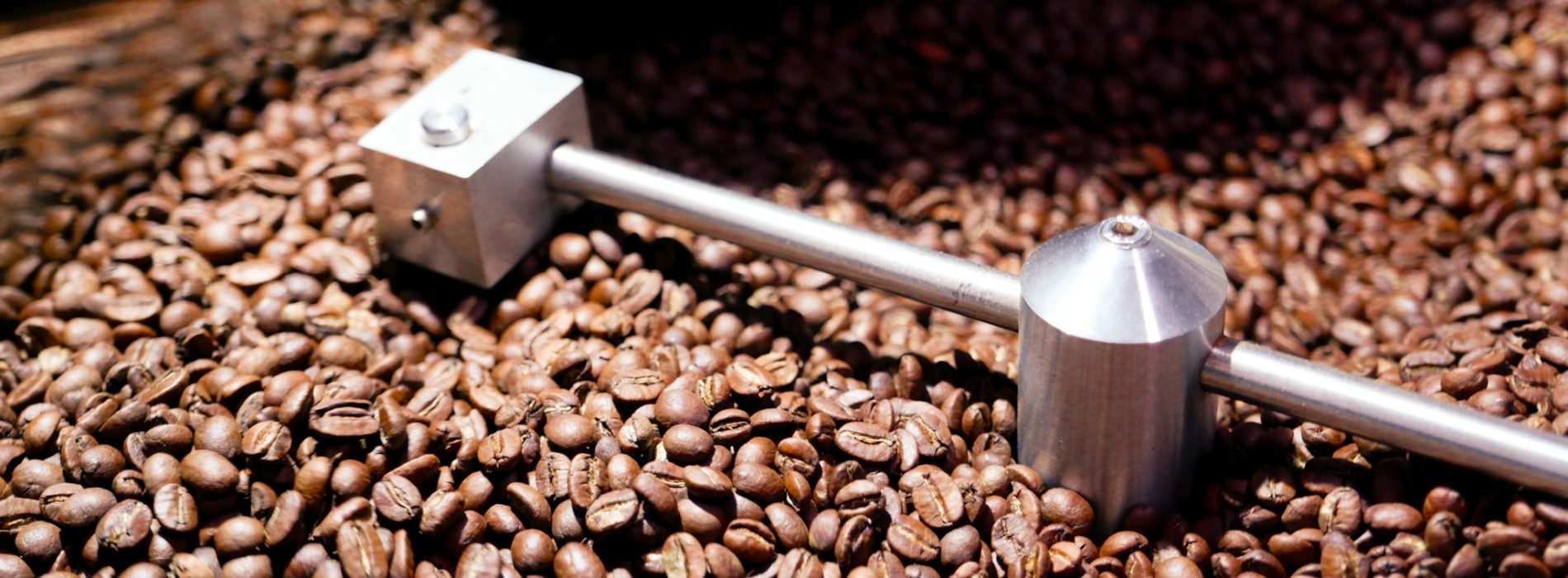COFFEE ROASTING

The downstream management of coffee involves processing semi-finished products (green beans) into finished products (roasted beans). This activity is carried out at coffee roastery facilities in various locations. The process includes roasting, grinding, brewing, and packaging to create products ready for consumption or ready-to-drink beverages.
This integrated approach ensures that each stage of production maintains the highest quality, bringing out the unique flavors and aromas of the coffee, while delivering a product that meets consumer preferences.
ROASTING
Green coffee beans that have undergone various post-harvest processes should ideally be rested for a while to stabilize their moisture content, making them better prepared for roasting. Both during and after the roasting process, coffee beans emit captivating and delightful aromas. There are numerous techniques, styles, and roasting profiles applied to craft the perfect cup of coffee.
Physical Changes
The first stage of roasting is commonly referred to as the drying phase, where the chlorophyll content in the coffee beans begins to degrade, indicated by a color change from green to yellow. As roasting progresses, the beans’ color transitions from yellow to light brown due to the Maillard reaction. Toward the end of the roasting process, nearing the first crack, the brown hue deepens due to caramelization, reaching the desired roast profile.
Roast Levels (Profiles)
Roast levels can be broadly categorized into three main profiles:
- Light Roast (City Roast): A lighter roast with a bright and acidic flavor profile.
- Medium Roast (Full City Roast): A balanced roast with a fuller body and moderate acidity.
- Dark Roast (Vienna/French Roast): A darker roast with reduced acidity and pronounced bitter notes.
These levels are determined by factors such as the timing of the first and second cracks, weight loss, and color spectrum. The choice of roast profile depends on the type/process of the green beans, personal taste preferences, and the intended brewing method.
Sources: The Coffee Roaster’s Companion (2014); The Little Coffee Know-It-All (2015)
